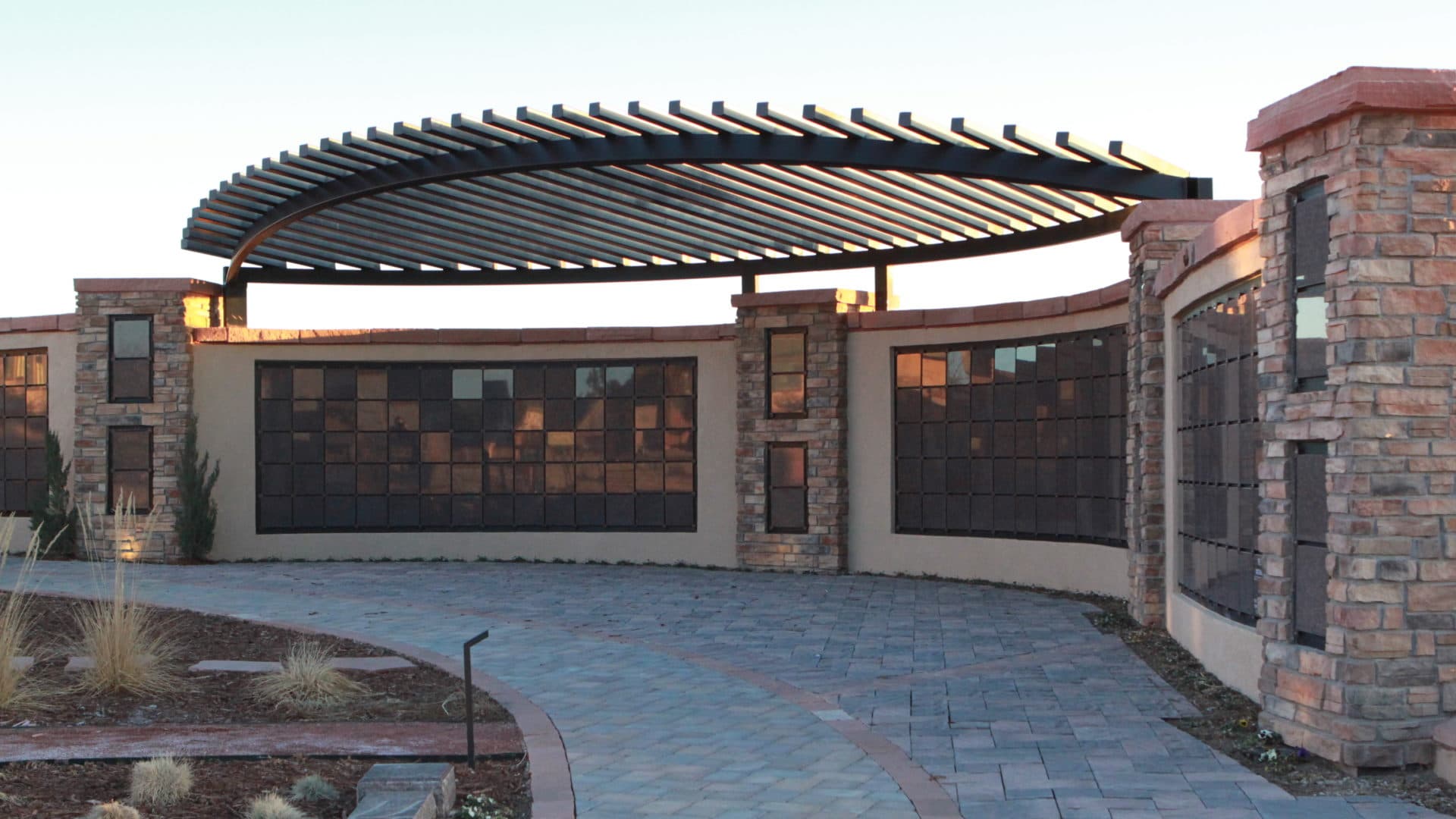By Gerardo G. Garcia
Cremation is becoming more prevalent than a traditional burial. The latest industry studies show cremation is on the rise and is rising steadily.
According to the National Funeral Directors Association (NFDA) News Releases, statistically, in 2015, the rate of cremation was at 48.5 percent and will quickly be rising to 56 percent in the year 2020.
According to Cremation Association of North America (CANA), in 2015, the western states in the U.S. had the highest percentage rate for cremation.
Choosing to cremate or bury the remains of a loved one is a very personal decision in the United States. This deciding factor comes down to finances, personal preference and religious beliefs.
One of the reasons for the rise in cremation is the leniency of the Catholic Church’s views of the practice. Cremation was not allowed in the Catholic Church until 1963, and now Catholic bishops allow a funeral mass with the cremated remains present.
According to several staff reporters of the Long Beach Orange County Register, it was announced in 2016 that the Roman Catholic doctrine allows cremation of the loved one’s deceased; however, the Vatican document approved by Pope Francis states that the ashes must be placed in a cemetery or “sacred place” and does not condone the practice of scattering or separation of cremation ashes.
With this Roman Catholic clarification and many other religions allowance of cremation of their parishioners, the practice of safeguarding cremation ashes in their premises and grounds is a great opportunity for churches to embrace these new traditions and offer their congregations a diversity of products and services at their own place of worship, such as columbariums, cremation gardens, and celebration of life memorials.
Another reason for the rise in cremation is cost. Cost is the leading factor as to why cremation is chosen over traditional burial. Loved ones of the deceased will not feel the financial burden as much with cremation as they would with a traditional burial.
The cost for traditional funeral service for burial on a national average is $7,300, which can include embalming, casket, vault and viewing, and other common requested services. However, this amount does not include the plot or mausoleum crypt at the cemetery.
On the other hand, a funeral service for cremation national average is $1,650, which includes a basic memorial service, the cremation and the urn, and families can elect to keep their loved one’s ashes at home not being obligated to buy a final resting place like you are with a full body. And even more affordable is direct cremation where you elect to not have a memorial service and can cost as low as $600 including a basic urn.
As keeping our loved one’s ashes at home can be very economical, it also has its cons and risks. Ashes can be lost throughout generations, can be mishandled, spilled and forgotten.
This is where churches as great influencers can guide their parishes to safeguard and honor their loved ones where families and future generations are bound to gather throughout time, their places of worship.
By churches offering their parishes the option to keep their loved one’s ashes at their columbariums and cremation gardens, they are not just helping them to conserve the ashes, but they are utilizing this service as a tool to maintain and grow their membership by giving their members another reason to come back to their church.
This consequently will generate additional revenue to the church by the means of sales of ashes inurnment/placement rights, columbarium maintenance fees and additional donations by current and new members.
Depending on the location, design complexity and finishing materials used to develop a columbarium or cremation garden, the investment per niche can go from $500 to $1,000 for a Turn-Key project. Depending on your location and church income strategy, each niche can generate revenue between $1,000 to $5,000 or more.
With this, a church can expect to have a Return on Investment before administrative cost, promotional expenses and sales commissions between 100 percent and 400 percent. With these ROI percentages, churches have plenty of room for administrative and promotional expenses and still make a sizable net return on their investment.
Churches can be creative on the way they raise the initial funds needed to develop the columbarium or cremation garden and can be very persuasive when they can show their parishioners how their donations will be invested and the solid benefits of the investment.
For many people, the pure sense of donation is not enough; for this group of people, it is very important to know and be assured that their hard-earned money will be put to work on a fruitful and profitable way.
Another great advantage of developing a columbarium or cremation garden at a church is the ability to help church members in need of additional household income by paying “sales/promotion” commissions.
With a simple promotion and marketing strategy and a commission structure, churches can sell their niches and recoup their investment in a faster pace, while helping their community’s economy by sharing a small percentage of the revenues.
Churches have the great advantage of a captive audience that a cemetery doesn’t have. This is a position that, if utilized strategically to promote the columbarium, the investment will pay back many times over in a short period of time.
When choosing cremation, there are some factors to be considered, such as a permanent place to honor and memorialize the life of the loved one, whether the family want to celebrate with a funeral, memorial service, or a celebration of life or some other life tribute. Cremation allows more flexibility.
When choosing cremation, the final disposition of the loved one’s body is the actual cremation. Families are free to have their ceremonies anywhere they choose and can elect to purchase a direct cremation form their local funeral home or cremation provider, hold their ceremonies at their churches and place the ashes at their columbarium or cremation garden.
With traditional burial, there are stricter laws that must be followed in the respective states. The final disposition is ground burial or interment in a mausoleum. If a family member wants to bury their loved one’s body in their garden or property, they will have to contact local authorities to obtain consent and may have to get necessary permits.
Unlike cremation, traditional burial is somewhat more complicated. There are more choices to make, such as funeral home, embalming the body, casket, casket cost, cemetery, plots, plot cost, vault if vault is required, cemetery charges and upkeep, opening and closing fees for grave, and marker or headstone.
When adding all these choices, it can become very costly as opposed to cremation. Cremation is more simple and economical, there is more flexibility with funeral and memorial services, and it uses less of our land resources than traditional earth burial. As you can see from this article, cremation has become the new tradition in today’s funeral business.
Furthermore, today, more Americans live far from their hometowns and parents; thus, there is a decline in family burial plots, so more Americans are electing cremation as a realistic and affordable way to attend to their loved one’s remains.
Gerardo G. Garcia is president and chief executive officer of Columbarium by Design, www.columbariumbydesign.com.








